The vast majority of your website traffic is going to leave and never come back.
That’s harsh, I know.
But unfortunately, it’s also true. Only a tiny percentage of the people who come to your site will ever buy.
Your only solution is to do whatever it takes to get those people to stick around long enough to give you their contact information. That way, you can continue following up with them to encourage future sales.
I’ll walk you through five simple steps to create a white paper that will start generating new leads ASAP.
But first, here’s why white papers can drastically improve your marketing results.
Why should you spend time creating a white paper?
Almost nobody buys a product on the first visit to a website. People spend time researching, comparing, and understanding their options.
In fact, the average conversion rate across industries for first-time website visitors is between 2 and 3 percent.
That number’s even worse for big, expensive products and services.
The average conversion rate in the B2B industry, for example, is 2.23% according to a WordStream analysis.
That means two things:
First, 97.77% of your website traffic is doing everything but buying.
You worked so hard (and spent so much) to generate all of that website traffic in the first place, and then all they’re doing is bouncing.
But second, the 2.23% of the people who did convert only became leads. Let that sink in for a moment.
That means there’s still a ton of work to do before you ever collect a single penny.
Multiply the number of new leads by the average close rate of 27%, and you’ve got a problem.
Do the math and see for yourself.
Here’s a quick and dirty analysis I just threw together as an example. (I rounded some of the numbers to two digits for simplicity, so they might not match exactly.)
It could cost you almost $4,000 to generate one single sale based on a measly $5 cost per customer (CPC) and based on the average conversion rate and close rate from earlier.
That’s horrific!
The CPC in some industries can go as high as $30-50 per click. Just think about what that would do to these numbers right now.
You can lower that AdWords CPC a little bit but not by much.
Instead, your big ‘levers’ are those two conversion rate numbers (from visits to leads and leads to sales).
And that’s where white papers and e-books come into play.
For example, getting your website conversion rates up to the 10% mark would result in massive cost savings.
You can (and should) also work on your qualifying and closing tactics to hopefully improve those numbers from the low (and expensive) ~27% industry average.
White papers and e-books can help both numbers.
On the front end, they can help you increase the initial conversion rate. Salesforce pegs the number of touchpoints required for conversion at around 6 to 8. Before that, your prospects are still in the decision-making process.
But an analysis of over $3 billion in ad spend showed that your offer (in other words, a white paper versus a “free consultation” page) has the single biggest impact on conversion rates.
And then, on the back end, ‘nurtured’ leads who’ve had a chance to digest your content result in 20% more sales opportunities as well.
So white papers allow you to kill two birds with one stone (and I mean that in the best, least violent way possible).
I’m going to use the terms white paper and e-book interchangeably here because they’ve kind of morphed into one another over the past few years.
The important thing is that both white papers and e-books can help encourage and drive conversions.
Typically, they’re more in-depth on a specific subject than your typical blog post (like “how to use white papers to boost conversions” — sound familiar?).
The topic usually covers the big problem or pain point, allowing you to subtly start introducing how you solve it toward the end (or how you do it better than anyone else).
A white paper can consist of anywhere from a half a dozen pages to one hundred or more pages. It all depends on the topic and its complexity.
And while white papers are mostly text-based, they often include hard stats, graphs, charts, and links to substantiate the claims you’re making.
Sounds easy enough, right?
I’m going to show you how to put them together in a second.
But just realize that good white papers deliver far more than just the hard conversion increases we just analyzed.
- They can help build your personal brand and establish your company as a thought-leader in the space.
- You can use white papers to build your credibility and allow you to reach out to other partners who can help your business scale faster.
- They give you at least an email address (if not more) with the offer, so you can start personally contact new leads.
- They give your website visitors something interesting to share for you on social media.
- And they help your site attract more attention and links, which might generate more organic traffic back to your site.
Not bad for a few hours of work, right?
Now let’s talk about what your white paper should be about before diving into how it should look.
Step #1. Craft the perfect hook to compel people to sign up
Nearly every B2B website has the same exact call to action:
“Get a Free Consultation!”
Let’s be honest with each other for a second.
Have you ever been excited to get a “free consultation” or something of the like? Do you jump at that chance every time you see it?
Or do you do it begrudgingly because it’s the only option made available to you?
Free consultations often miss the mark because they don’t provide value by solving your prospect’s problem. They just give the company’s sales team a chance to flap their gums.
Ideally, you want to “create ideal customers” instead, like in this Oracle example:
The middle of the page starts in with the problem this prospect is facing, while the bottom conveniently segues into what someone’s going to get out of this offer.
Here’s another example in a completely different industry.
Let’s say you’re trying to attract customers to your orthodontic practice. You’re interested in promoting your Invisalign services specifically.
You could invite potential customers to come in for a free consultation. You might even get a few bites.
But there’s a better way.
The topic of your whitepaper might be “Invisalign.” That’s OK, but still not great.
The hook of your white paper, however, is the unique spin or point of view you’re going to give that topic.
Let’s look at a few good examples.
This first one isn’t perfect, but it’s heading in the right direction.
Check out that hook!
“How Invisalign can improve your smile without the hassle of traditional braces.”
Now, if you’re even remotely thinking about either solution, you’re going to download this white paper to contrast and compare your options.
Here’s why:
- Addressing your pain point: The only reason people would visit an orthodontist is to correct their smile. But most are often worried about the time, hassle, pain level, and other concerns.
- Overcoming objections: By positioning Invisalign against traditional braces, they’re helping people see that there’s an alternative to consider.
- Garnering value: It provides actual utility to help instruct the potential patient on what to do next.
- Creating promotion-ready language: You can’t truly promote a free consultation. You can, however, promote this offer every day of the week!
- Appealing to everyone: Everyone who’s potentially interested in improving their teeth would find this information valuable.
Here’s an example of a white paper created on a dry, technical topic. However, the company is able to translate what someone is going to get out of downloading this.
One of the biggest mistakes to watch out for is “talking past your customers,” as market research giant McKinsey puts it.
Basically, it means what you’re saying doesn’t resonate with your target audience.
Here’s another example that expertly sidesteps this issue.
Once again, not the prettiest alternative by any stretch. But at least you know what it means!
Why would someone want a “rack design guide”? Oh, to build an error-free warehouse quickly.
That not only makes sense, but it’s also a lot more compelling, too.
Step #2. Pulling together the information
Once you’ve got the topic and hook figured out, your next step is to start pulling information together.
The research portion can get a little tricky depending on your business.
My favorite technique, though, is to simply interview a topic expert (even if they’re in your own company).
Usually, I find that, while topic experts are super knowledgable about the industry or product, their writing is too technical for the general public.
So instead, I like to get their insights down on paper or in a recording first. You can use a tool like scribie to upload the file and get a transcription back within a day.
My second favorite strategy comes courtesy of Joanna Wiebe at Copy Hackers.
If you can’t do any interviews, she recommends the clever workaround of going to Amazon and reading through book reviews.
This angle paid off when she worked with an addiction rehab clinic a few years ago. First, she combed through reviews, pulling out interesting insights or language that people would use.
Then, after going through these phrases, she prepared a few headlines to see which resonated most.
The final winning headline was almost verbatim from one of the reviews. And it reportedly “brought in >400% more clicks on the orange button… and >20% more lead-gen form submits on the next page.”
You can use this landing page strategy to figure out which ‘hook’ is going to perform best. And then you can use all of the research compiled while reading those reviews to determine what major topics are going to fill out your chapters.
The next step is to prepare a simple outline. I like to use Google Docs because then I can send it to other people and get feedback on which elements should be included (or stripped out).
Next, start fleshing out the outline.
Typically, sourcing images and graphics takes the most time. So I like to get those all organized before writing even a single word.
Then, once those are done, you can simply ‘fill in’ the content around the images by explaining what each is about and how it connects to the next one.
This is the boring, time-consuming step.
But you’re technically not done after writing your white paper.
While most word processing tools are easy to write in, the finished product is usually not very easy on the eyes.
So you’ll have to take the content from your rough document and format it in design software next.
Step #3. Design and format
Correctly formatting your white paper in something like Adobe InDesign isn’t just for vanity.
Obviously, you want it to look credible.
And the design is the thing people gravitate toward and that forms their first impression.
However, there’s another practical reason to format your white paper.
Images tend to screw up the layout of text content in your document.
They’ll create these massive, ugly breaks that push the rest of the page content down to the next one. Or they’ll make it look cluttered because it’s being squeezed onto an already full page.
So having a designer re-work the content for you can make a massive difference in the finished product.
Your design doesn’t have to be too sophisticated, either. Interesting typography and a little color can go a long way.
Take a look at one of my Quick Sprout guides:
It’s a nice design, but it really just boils down to a few color and typography choices at the end of the day.
Your text and column layout are among the final decisions to make when formatting your white paper.
Typically, I like to go with a single-column design. That way, it should be easy to read no matter which devices your readers use.
However, some companies like two-column designs that tend to resemble a professional magazine or book.
Obviously, both look good. So it’s more a matter of your stylistic preference than anything.
When ready, let’s move on to the next step and see how you can start generating new downloads.
Step #4. Create multiple opt-ins to generate new leads
The first step to generating opt-ins on your site is a simple landing page.
Luckily, these are pretty easy to put together.
A simple form field or two, an image of what your prospects are going to get, a strong headline, and a little copy is all they need.
Just don’t forget the white space! This negative space can actually help focus visitors on the primary decision on this page (the form field to opt in).
Typically, you want to balance the value you’re providing with the personal data you’re asking for. Here’s why.
Asking for less personal data can get you more leads. However, asking for more information can sometimes get you better leads (even though there will be fewer).
For example, this next one asks for a few more details than normal because they want to make sure any leads that do come in are interested in what they have to offer.
Did you think that was a lot of form fields?
Just wait until you see this next example from Salesforce:
See that “Employees” field above? That’s a qualifying question.
For example, if someone has fewer than 20 employees, the software automatically segments them into a bucket for Salesforce so that their sales reps know they’re dealing with a smaller customer.
A final test you can run is to use some social component to opt in (instead of asking for an email address outright).
For example, you can try Pay with a Tweet so that each new opt-in has to send out your pre-crafted message to their friends, family, and colleagues.
Or you can even try using a social authentication feature. For example, years ago I ran a test using a Facebook authentication and increased our opt-in rate by 36.1%.
Next up, you want to add a few more opt-in forms to the rest of your site.
For example, blog post readers are a perfect audience for your new white paper because you can often link the topics. So someone reading about “SEO” on your blog is more likely to download a white paper about “SEO.”
So you can place a simple opt-in at the bottom of each post, like this:
Or you can even place it in the middle of your post. That way, the reader can’t miss it when they’re scrolling down the page.
I like this Unbounce example because this field will light up in blue when you hover over it (while scrolling).
Last but not least, you can use an exit intent overlay to show up when someone seems like they’re going to leave (without giving you their email address).
This can be the perfect last-ditch effort to get something from the visitor if they’re not going to buy and are otherwise about to leave forever.
Did you get all of those bases covered?
Awesome! Now let’s start promoting your white paper off-site (on other websites) to drive attention and interest back to your website.
Step #5. Off-site promotion hacks for driving new leads
You’re only going to get so many opt-ins from your own existing website traffic.
If your white paper topic and the hook are interesting enough, you should also be able to drive tons of traffic back to your site by promoting it on others.
Here’s what I mean.
Claire from Love Your Customers wrote a guest post on Kissmetrics recently.
But instead of the usual, boring bio, she used a link to her new e-book.
So now, when you click, the link immediately takes you back to her site to redeem the first free chapters.
You can also often get people to help you promote this new content asset by asking for reviews.
Obviously, you’ll want to help them out first or barter something in exchange.
But a simple review from someone influential enough can drive a massive amount of awareness to your new free white paper.
Last but not least, don’t be afraid to spend a little money on ads!
Here’s a textbook Facebook ad from AdEspresso:
Why on Earth would you run ads for a free offer?!
Think of it this way.
Remember that little rough calculation we did earlier?
Your leads are worth something.
When you know how much each customer is worth (or at least the average order value), you should be able to find the value of each lead.
Maybe each email you gain is only worth a dollar or two. That’s OK to start with!
Now you at least know how much you can spend to acquire a new email address (for a white paper download) so that you can start scaling growth.
Conclusion
Average website conversion rates are abysmal.
There’s no way around it, really.
That’s terrible news when these conversions just give you leads (and not sales right off the bat).
It means you have a lot more work to do in an attempt to close as many as possible.
The best shot you have at making the math pencil out is by increasing your conversion rates.
Good white papers do that on both sides of the equation (visits to leads and leads to customers).
So craft a clever hook by figuring out what pain point resonates with your audience. Flesh out your content with the help of some topic experts.
Format the content so it looks pixel perfect. Create a simple landing page that drives all attention to your form fields. And then go out and promote your new offer.
What’s the best tip you’ve used to generate white paper downloads?

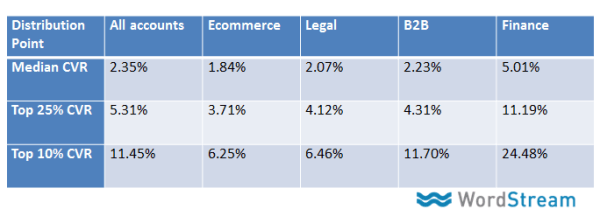


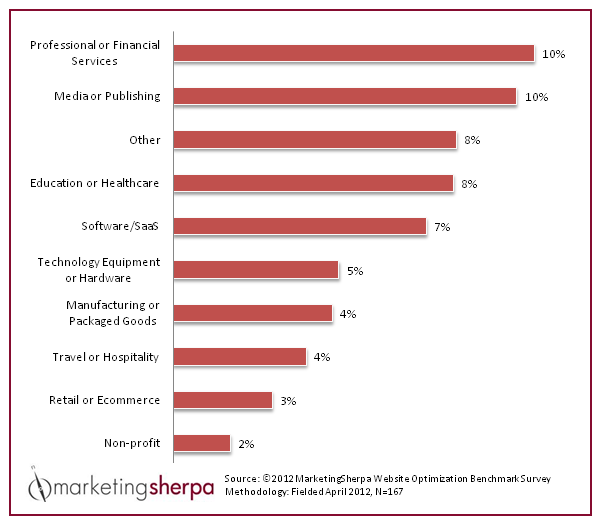
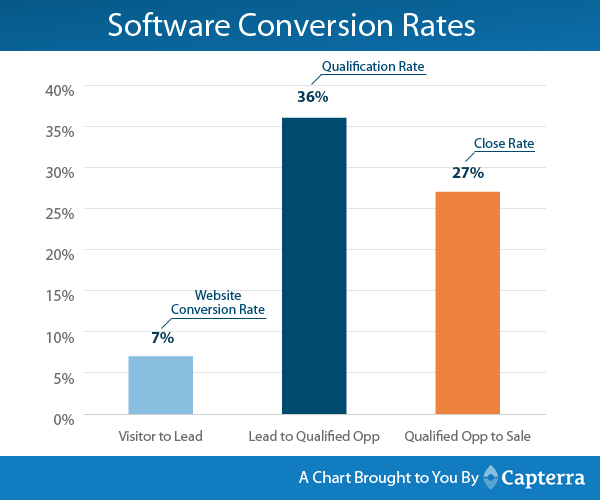


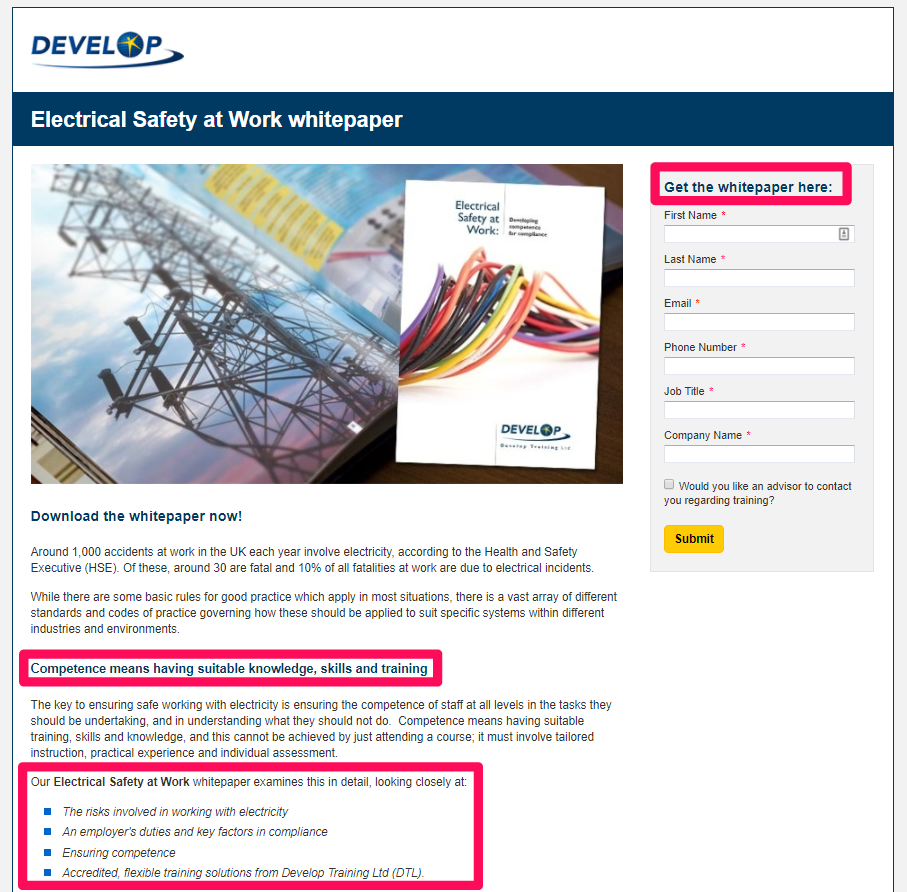


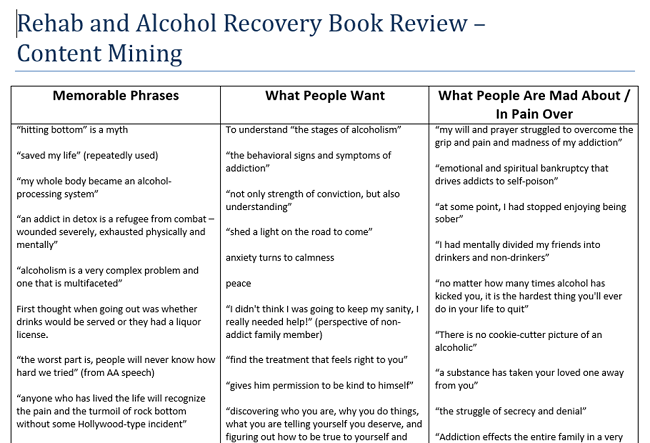
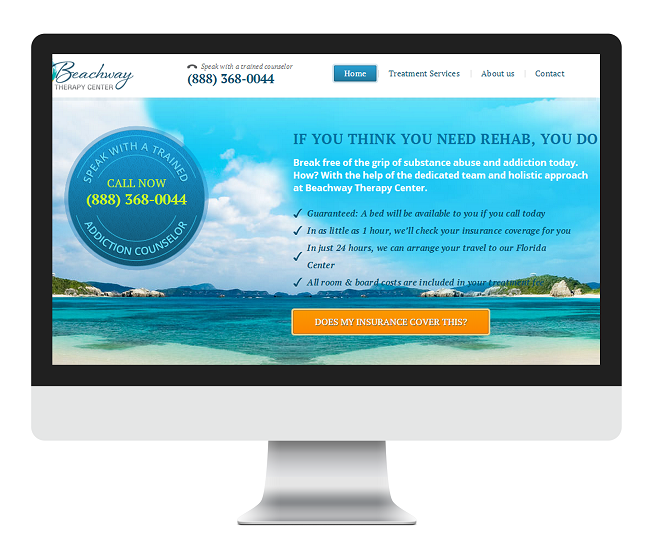



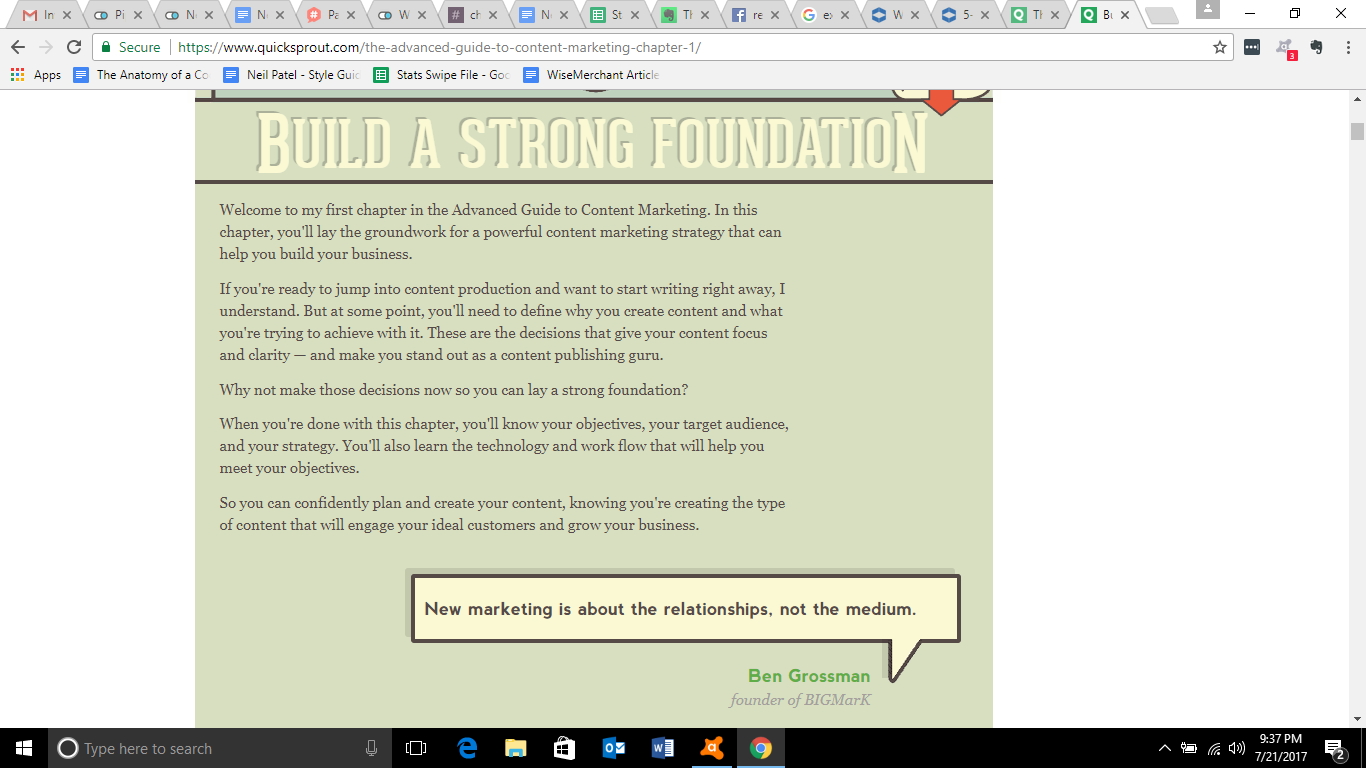


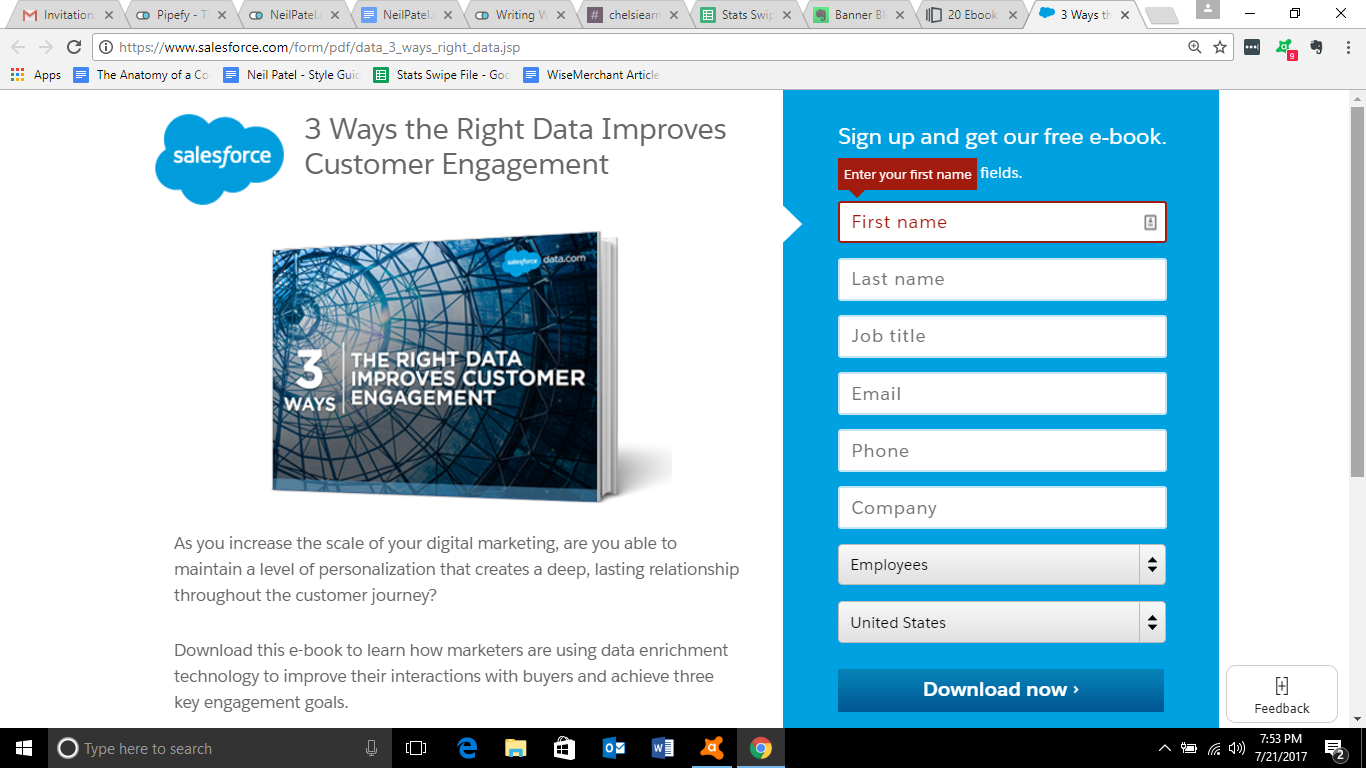
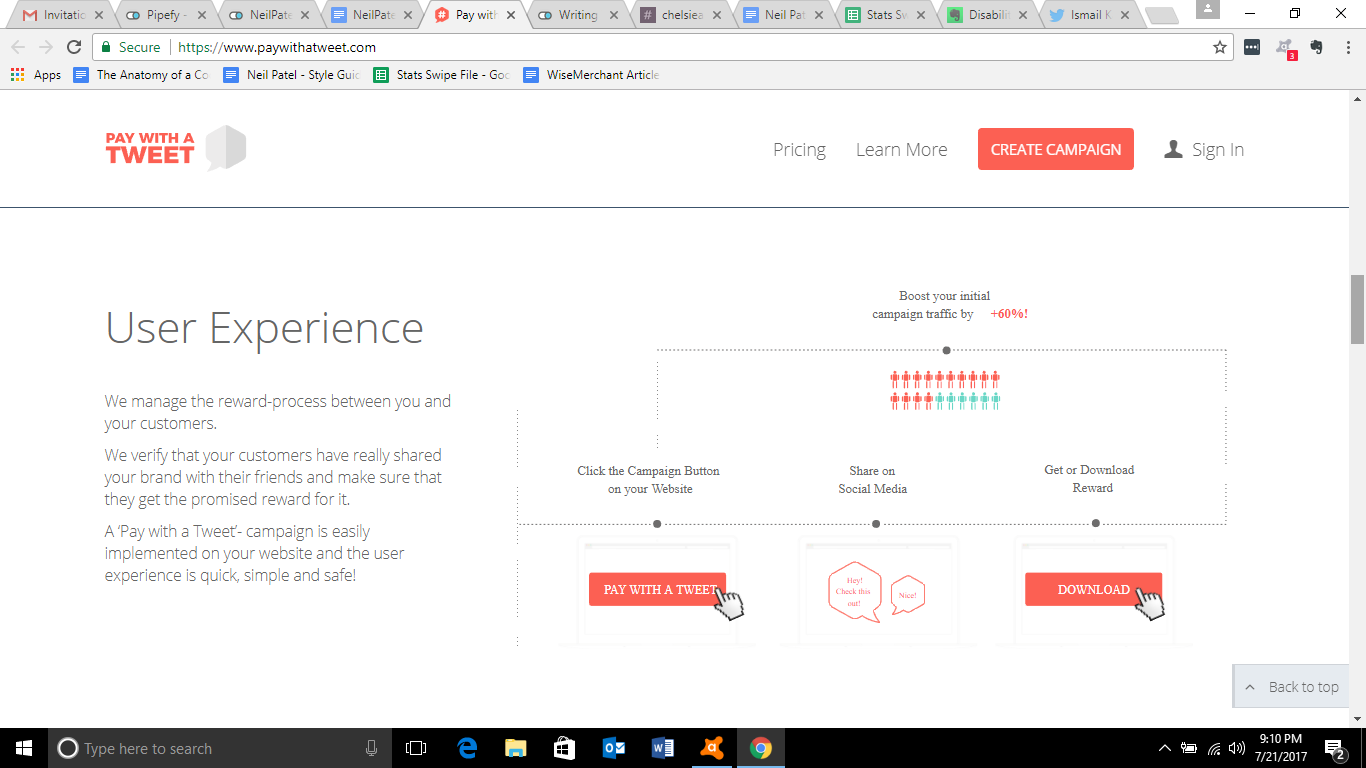
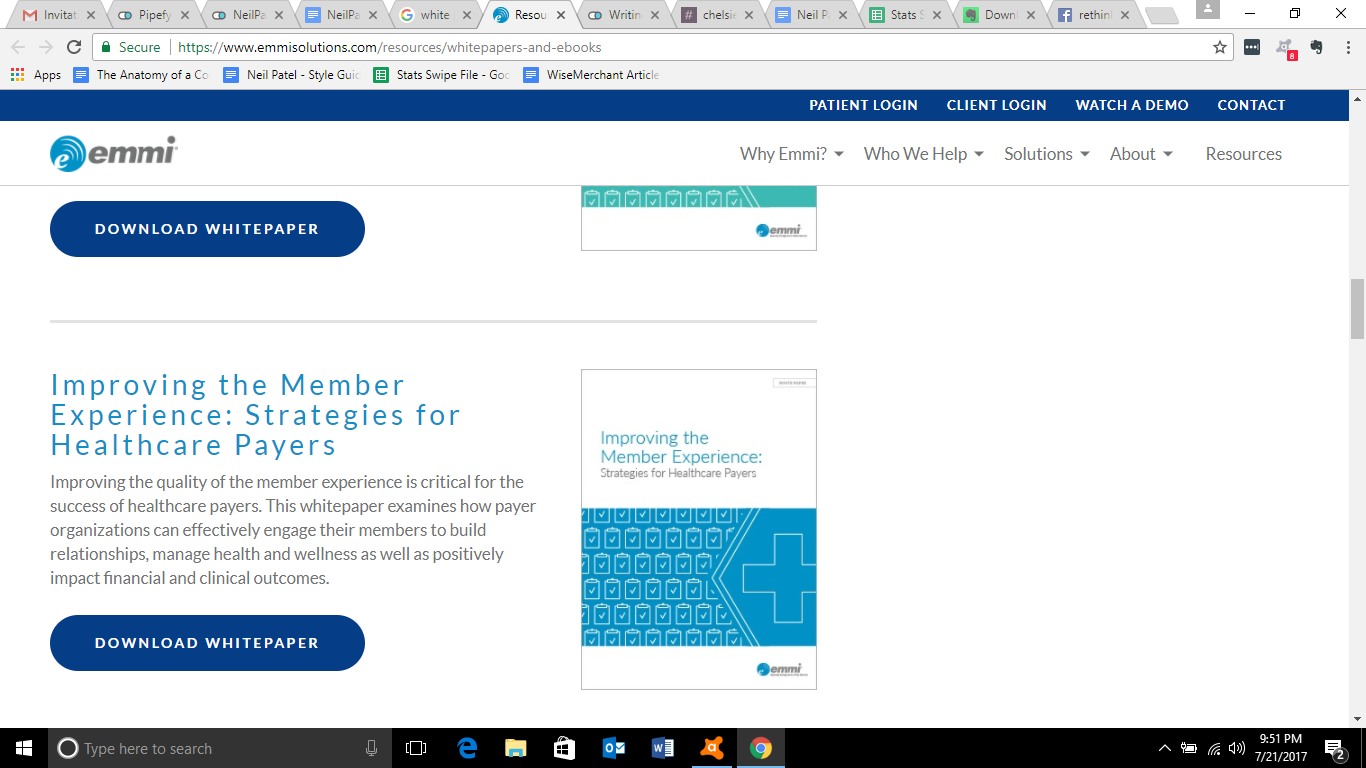
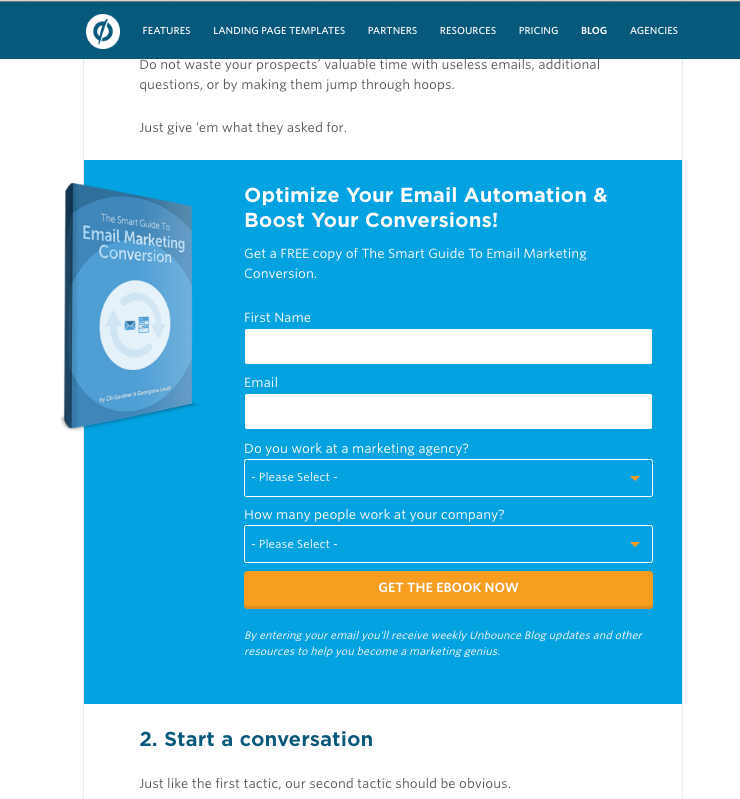



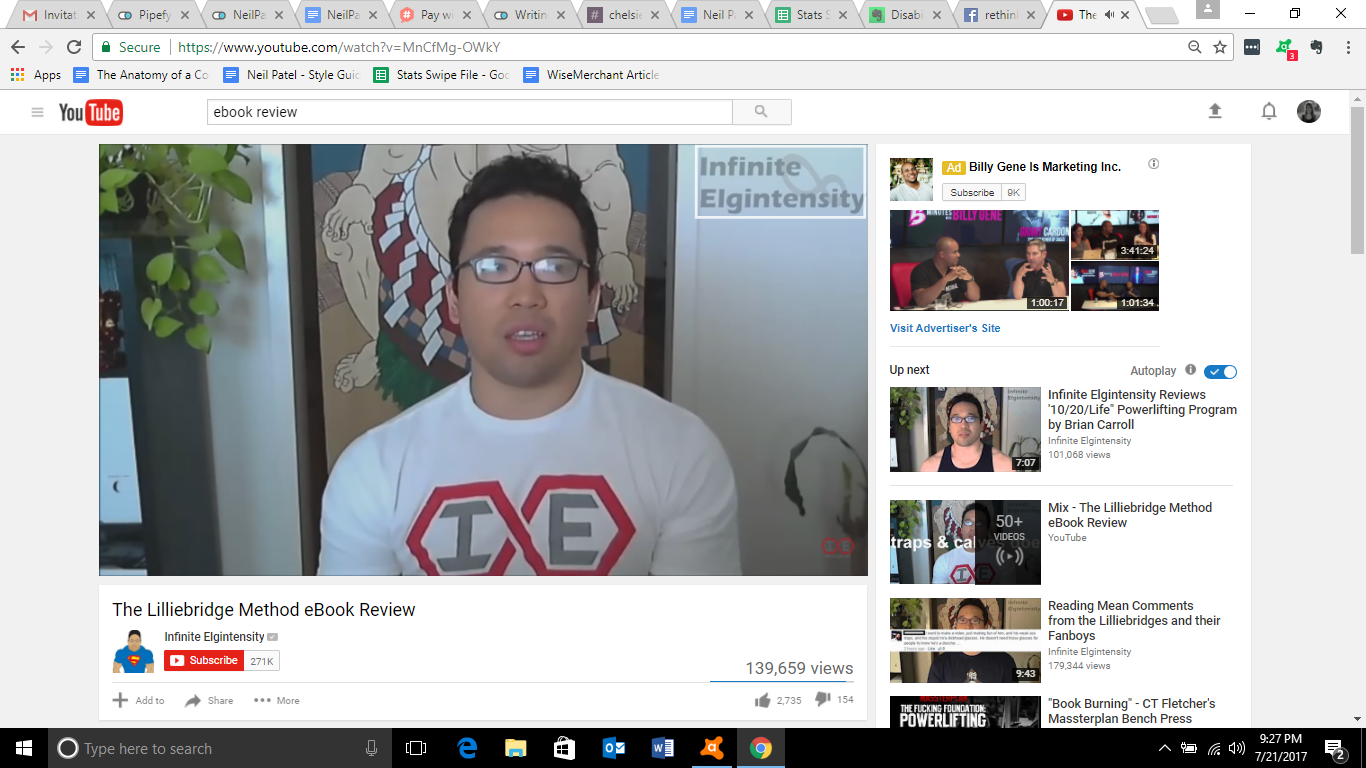
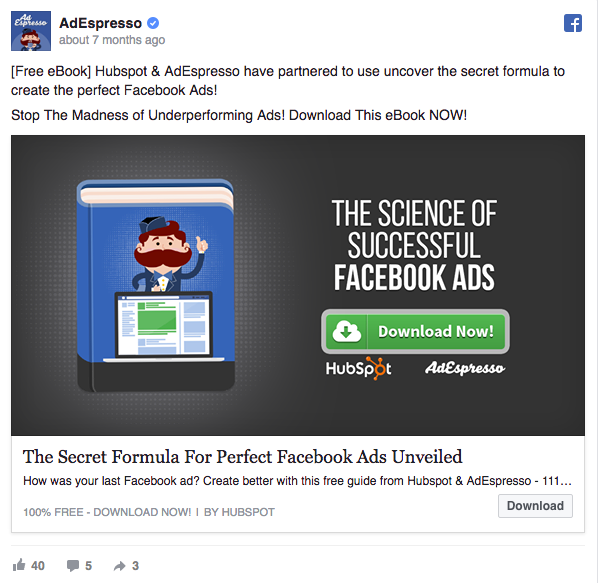
Comments (6)